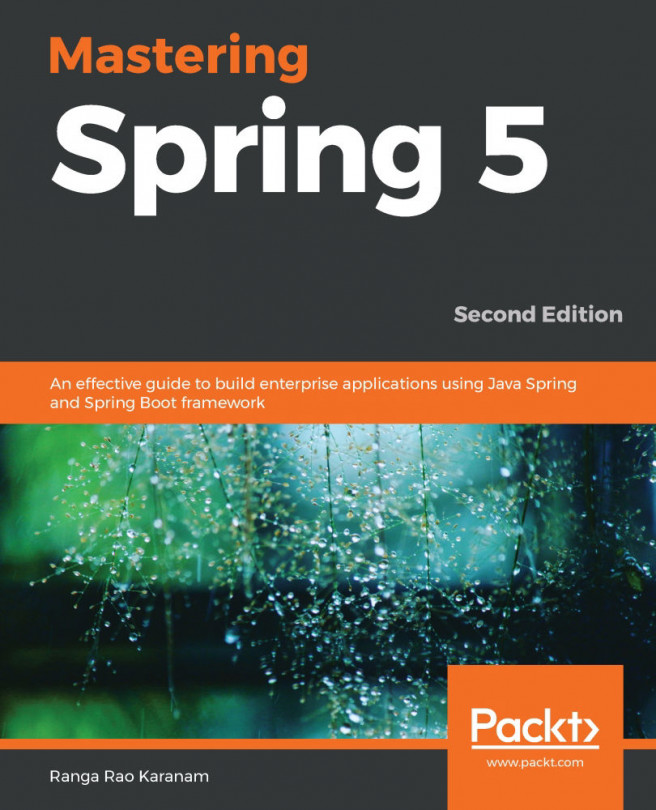Setting up your developer toolbox
For any profession, the tools are very important, and that applies to coding as well. Before writing a line of code, we need to get the right equipment to start.
Getting an IDE
An integrated development environment (IDE) is more than a code editor; it includes the tools for autocompletion, syntax, formatting, and other miscellaneous features, such as search and replace. IDEs have advanced features such as refactoring, building, testing, and running the programs with the help of runtime containers.
The popular IDEs are Eclipse, IntelliJ IDEA, and NetBeans. Of the three, Eclipse is the most popular and open source IDE available for Java. It has a big community and is frequently updated. It has a workspace and an extensible plugin system. The development potential of applications in a whole range of languages is endless. Some other development IDEs based on Eclipse include the following:
- If you are going to do only Spring development, then the derivative of Eclipse...




































































